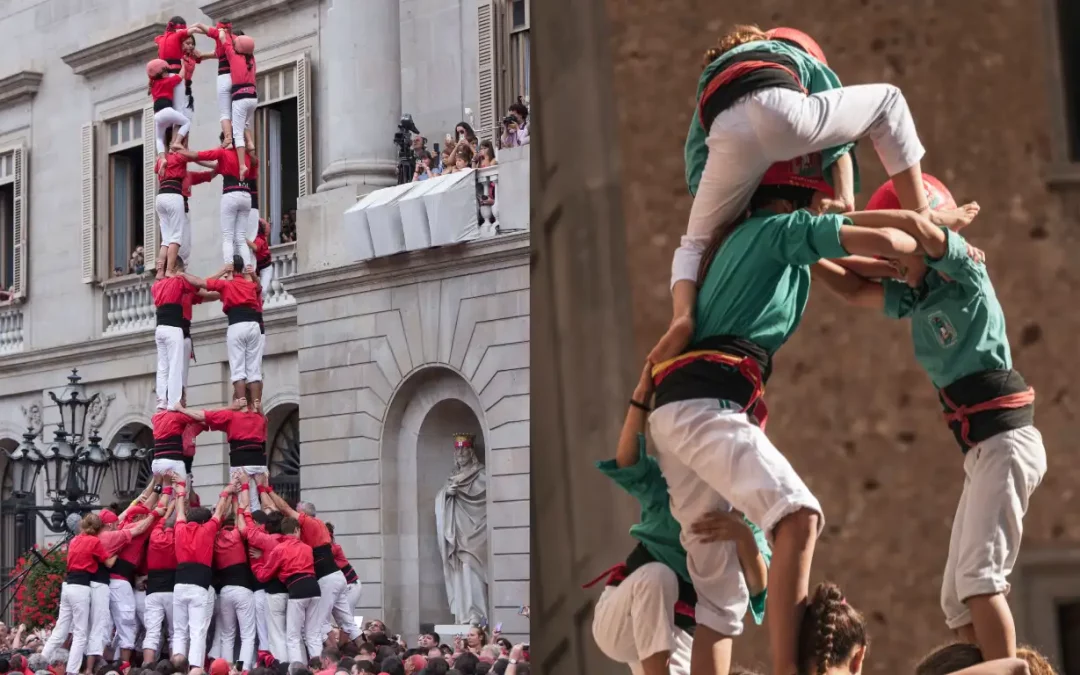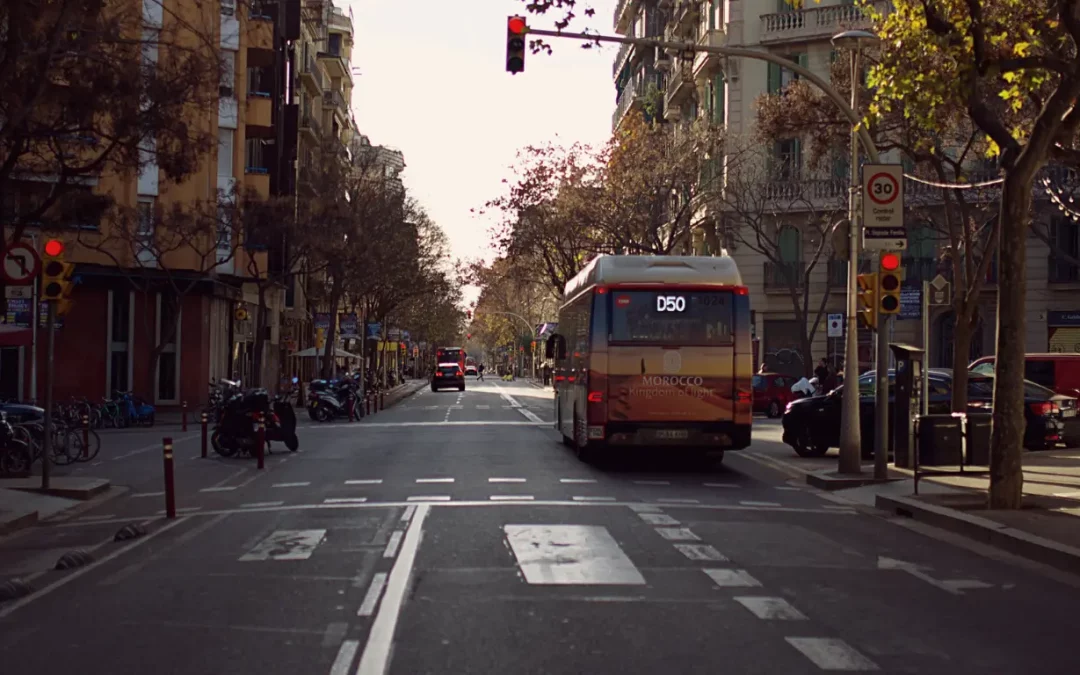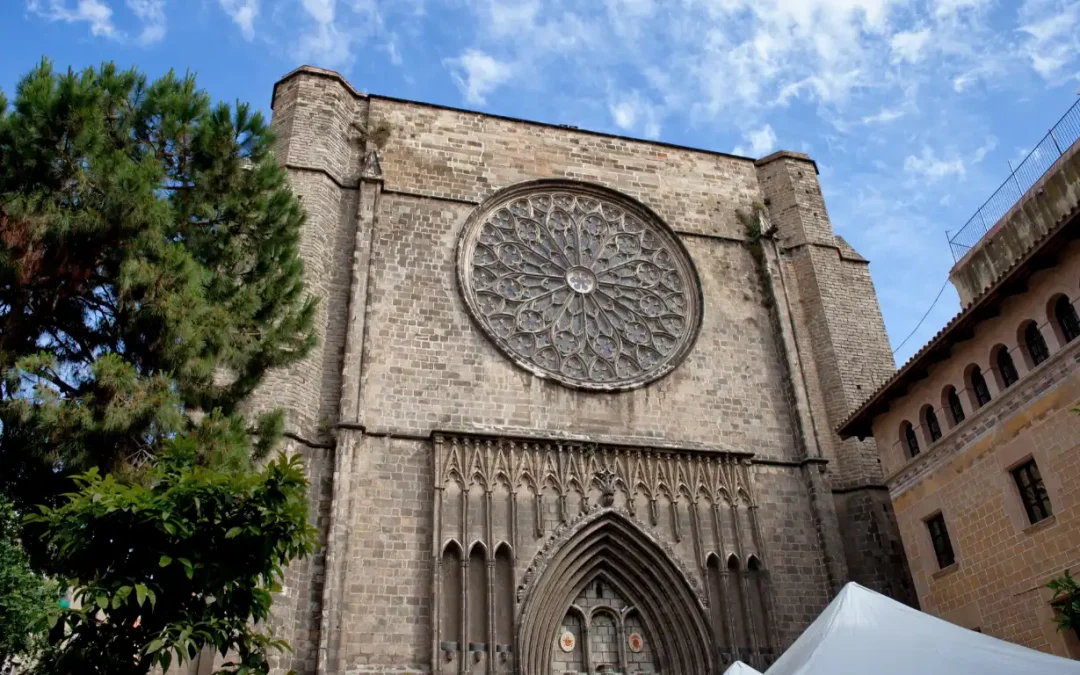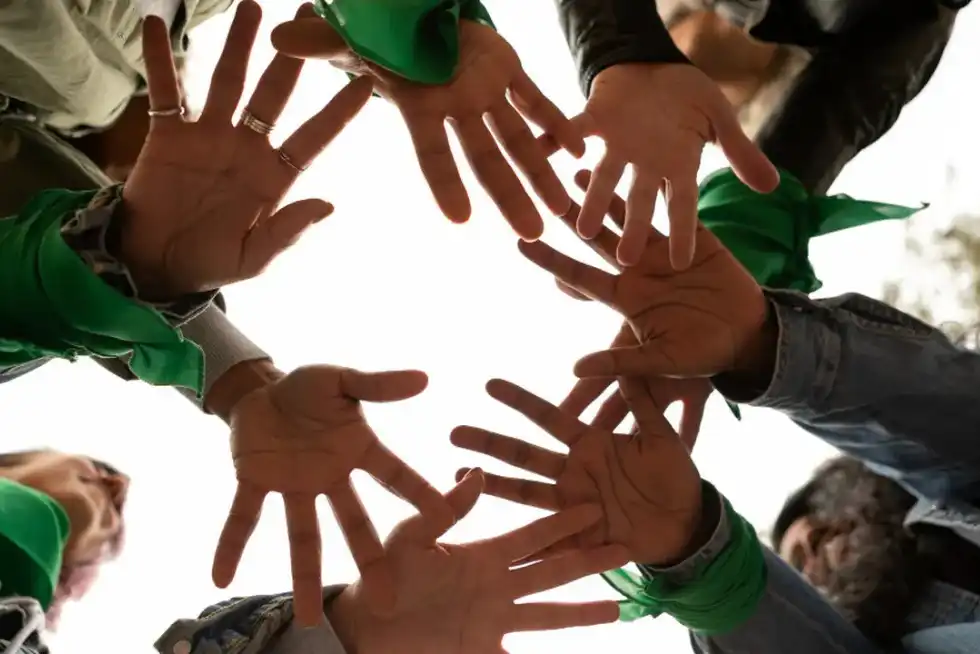Do you know what All Saints’ Eve is celebrated in Catalonia? Read the blog of Hotel Arc la Rambla and discover what is the Castanyada, origin and curiosities of this popular festival.
WHAT IS “LA CASTANYADA”?
The Castanyada is a very popular traditional festival in Catalonia and other parts of Spain such as Aragon, Valencia and the Balearic Islands. It is celebrated on the eve of All Saints’ Eve, the night of October 31 to November 1. Today it is typical to gather with family and friends to eat panellets (traditional sweets), sweet potatoes and other seasonal fruits such as chestnuts, hence its name.
Over the years this tradition has changed and is not celebrated in the same way as in its beginnings, let’s see the origin of the Castanyada.
Origins of “la castanyada”
All Saints’ Day is a feast of pagan origin that dates back to the end of the 18th century. It was a widespread celebration throughout Europe in which the dead were remembered and worshipped.
This ritual began the night before, when friends and family gathered to dine, pray and pay homage to the deceased. Typical autumn products such as sweet potatoes, pumpkins, mushrooms, candied fruit or chestnuts were eaten and sweets such as the famous panellets, in Catalonia, were prepared.
Chestnuts and Panellets, food and symbols of the Castanyada
These typical sweets are eaten during the night of the Castanyada and during the previous days. It is believed that this food is an evolution of the blessed bread. It was an offering to the deceased that was deposited in their graves to accompany them on their journey to the afterlife, for that reason they are made with seasonal products that are preserved for days.
What are panellets and where to eat them?
Panellets are made with a base of potato or sweet potato, chopped almonds, sugar and egg. This dough is mixed with other ingredients, molded and baked.
The classic ones are shaped like little balls and contain pine nuts, although there are many kinds of panellets: almond, coconut, cocoa, cocoa, pistachio, coffee, quince, or hazelnut.
The offer is more and more varied and can be tasted from the beginning of October. In this blog article of Hotel Arc la Rambla you will find the pastry shops where you can taste the best panellets of the city.
Why do people eat chestnuts?
In the old days, on the eve of November 1, church bells rang all night long to announce the arrival of All Saints and honor the dead.
The bell ringers would do this task manually, but beforehand they would gather energy by drinking wine and eating roasted chestnuts.
Eating chestnuts also has a symbolic origin. In the houses, they were roasted on the fire while praying and it was believed that during this process they connected with the soul of the deceased.
The “castanyera” (chestnut seller) and the chestnut stalls
In addition to the symbolic value, in autumn the temperatures dropped and the chestnut season began, so it was common to buy roasted chestnuts in the street. They were sold in stalls that were usually run by old ladies dressed in a very characteristic way.
This is the origin of the “castanyera“, the most characteristic character of the festival. An old woman dressed in a skirt, apron and wool vest. Currently, this character is the protagonist of children’s stories and visits schools during these dates or the children themselves are characterized as chestnut.
Nowadays, roasted chestnuts can be bought in the streets since the beginning of October. As we mentioned in this blog post, it is a good resource to warm up while strolling through the city, there are 30 stalls scattered throughout Barcelona.
How is the Castanyada celebrated nowadays?
This tradition has evolved over the years and has lost some of its symbolism. Now it is common to eat panellets, chestnuts and sweet potatoes as a family, but it is a festive act and not a solemn one. Older people usually visit the cemeteries and although they do not bring panellets to their deceased, they do make them by hand.
On All Saints’ Day, the dead are worshipped in many parts of the world and in different ways. Traditionally, the Day of the Dead is celebrated in some Latin American countries such as Mexico. In Anglo-Saxon countries Halloween is celebrated, although it is a holiday of Celtic origin, the version we know is the American one.
This American custom has been imported in many countries such as Spain and is very popular among children and young people. Pumpkins, jelly beans and scary costumes are gradually eclipsing the Castanyada.
If you are in Barcelona during these days, from Hotel Arc la Rambla we encourage you to try chestnuts and panellets and get to know a little of this Catalan tradition.














